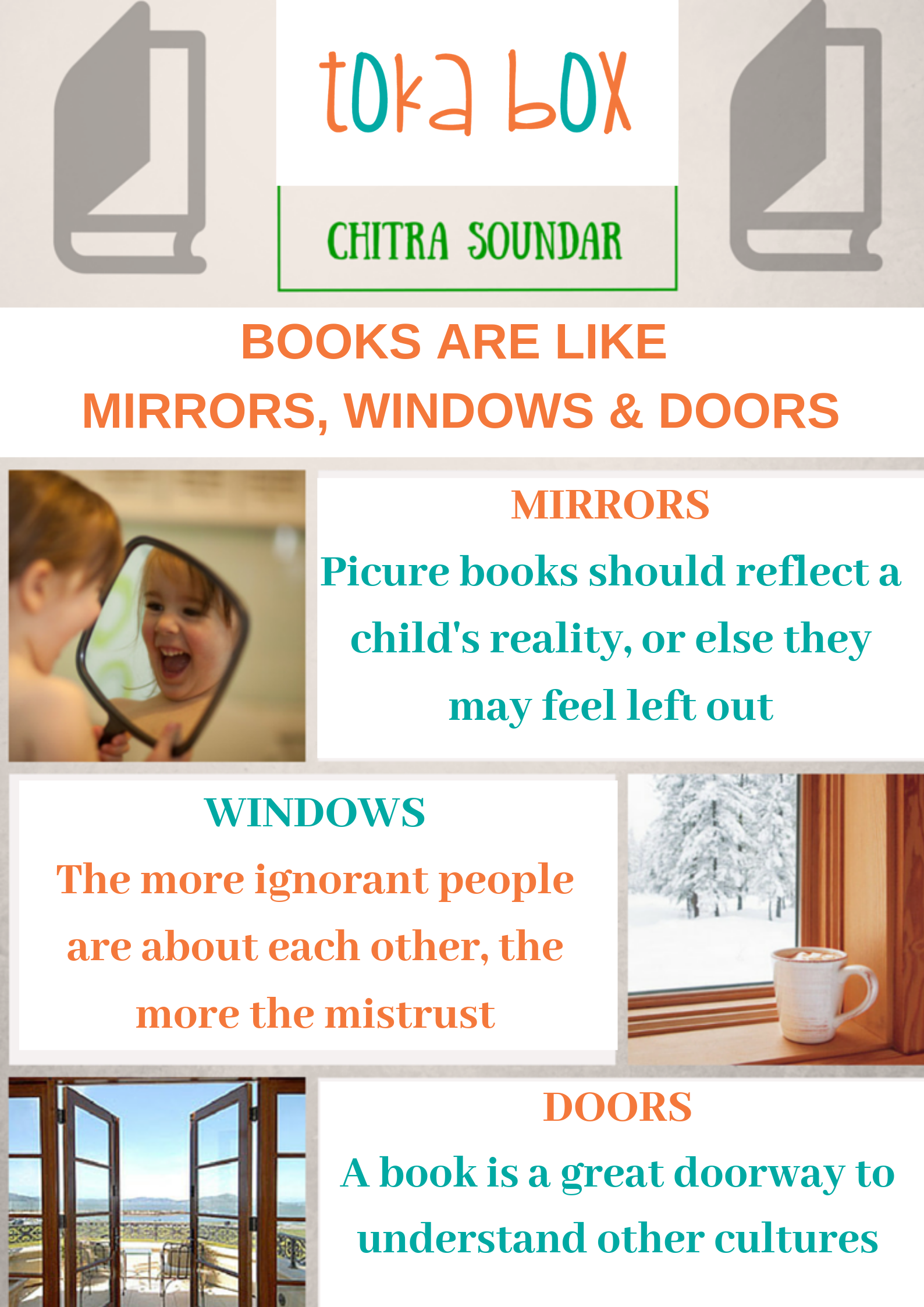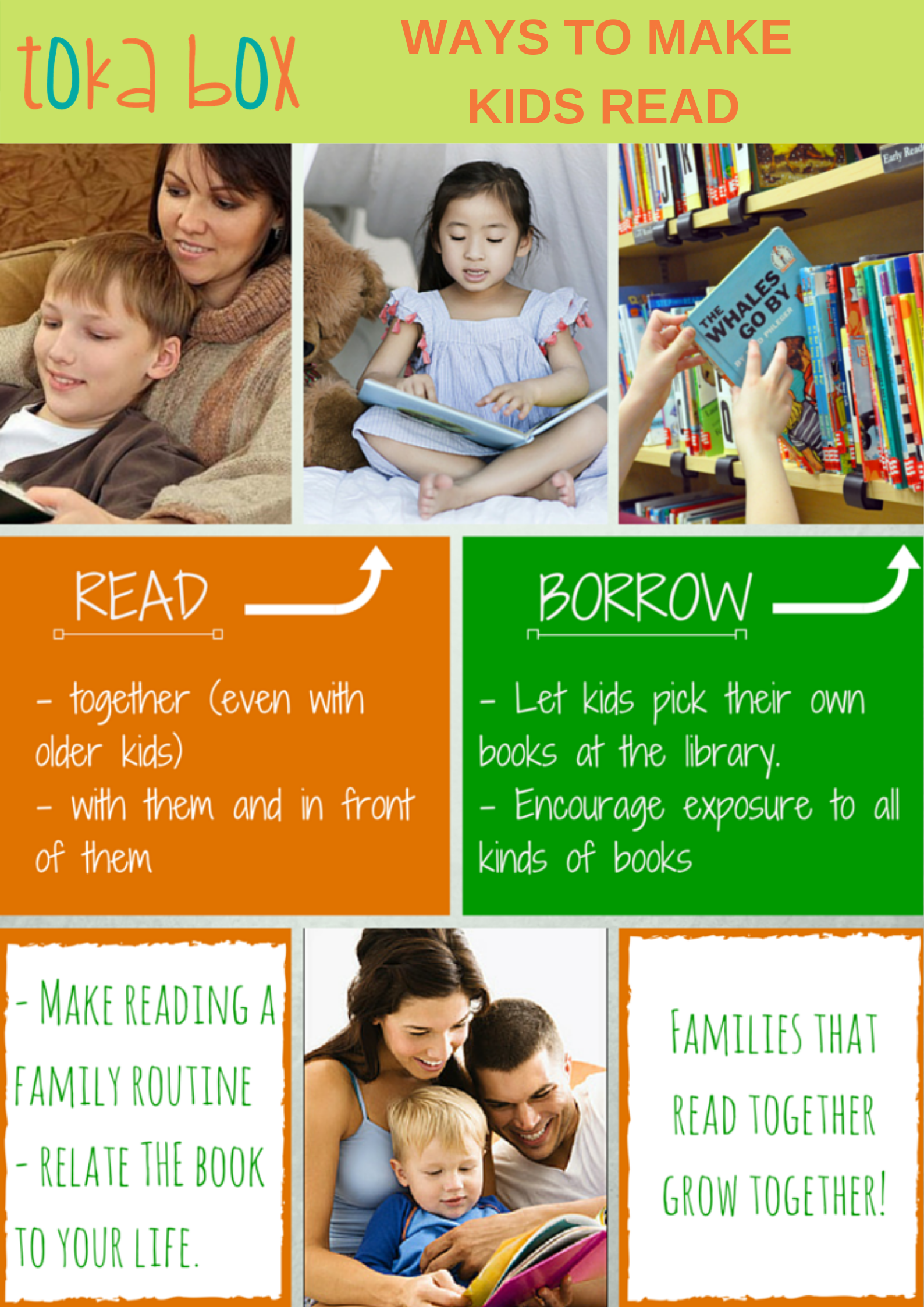- Categories
- CATEGORY
- AGE
- TYPE
We speak to the renowned author Chitra Soundar. She is the author of Farmer Falgu series which has been a part of our Toka Box.
Chitra Soundar started reading when she was a kid and was in 3rd standard when she won a storytelling competition. She won a book (a picture book) and it made her very happy and started going to the library more often and slowly converted to a reader.
She says, reading for pleasure is important. Reading to children is a safe way to explore feelings. Talk about things which are not familiar, (like a new sibling is born) When the kids see the same thing being represented in a character they like, they often mimic the responses. Imagination stretches a lot, especially with kids.
Imagination leads to invention, which is what Chitra has realized. Moral stories really don't give pleasure. So often today's books trigger imagination, creativity, and curiosity and that is really good for children!

Chitra says representative books are important. She divides the books into three categories.
Mirrors - Every child should be able to see itself in books. Picture books reflect younger kids reality. If you don't have a proper representation (like an Indian family), they may feel left out.
Windows - You want a white child to be able to see their nonwhite friends in a book. The more ignorant people are about each other, more is the mistrust. It is important that white kids see non-white folks in books because it is very important for them to understand how an Indian family is or how it works.
Doors - Today's children need to be able to live in a multicultural world. They need to understand society better. And books are a great doorway for kids to understand other cultures and how they live! We, after all, need this understanding for a more tolerant society.
Rule 1: Read in front of the child. Don't expect your child to read if you don't read!
Rule 2: Read the book together with the child even if the child is older. It is a thing you do with your child as a joint activity and if they are struggling to read, it makes it nicer that you read the book with them. It is not about the vocabulary and pronunciation but enjoying the story and the book
Rule 3: Borrow books from the library
Rule 4: Incorporate the book into your daily life. Co-relate the book to your real life. Use examples or words from the book.
Rule 5: Give non-fiction books. Let them read them and enjoy reading creative non-fiction.

Check out the lovely ideas which Chitra gives on her blog on 11 ideas to make reading the centre of your universe!